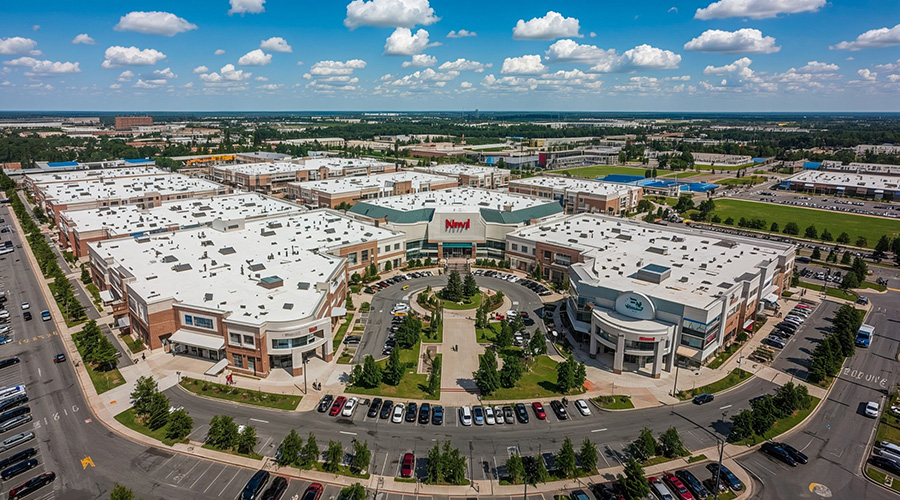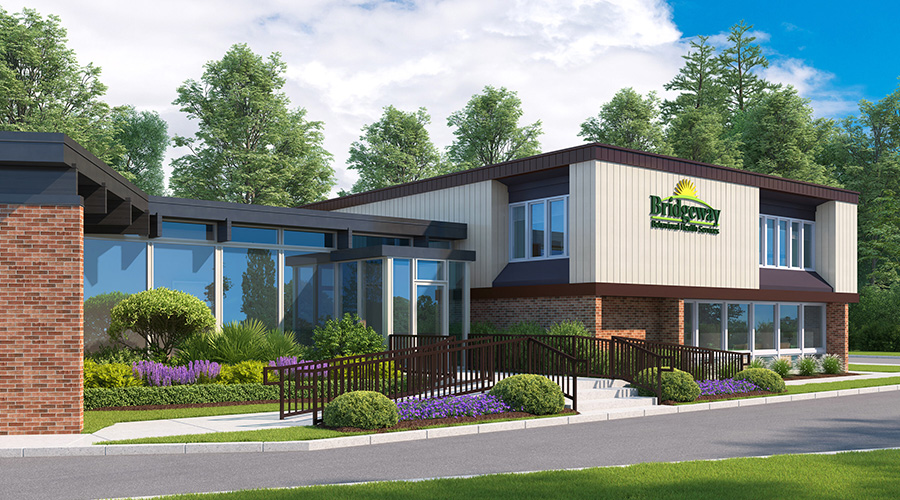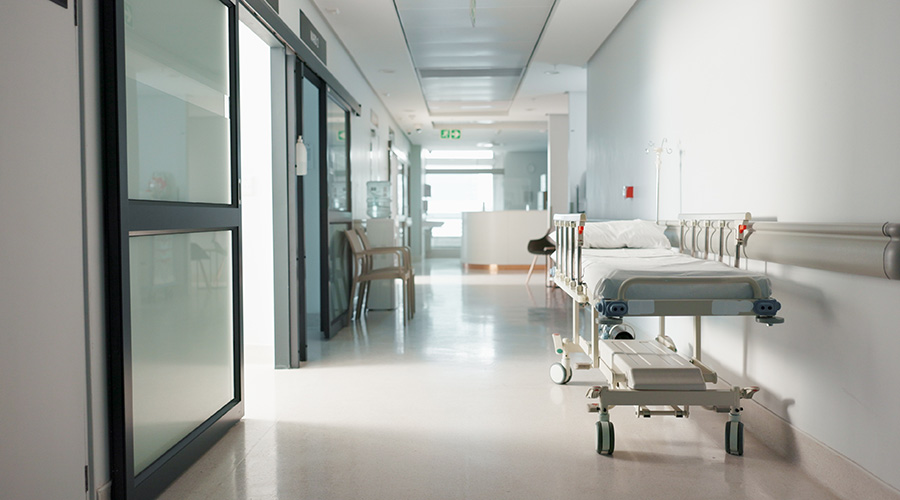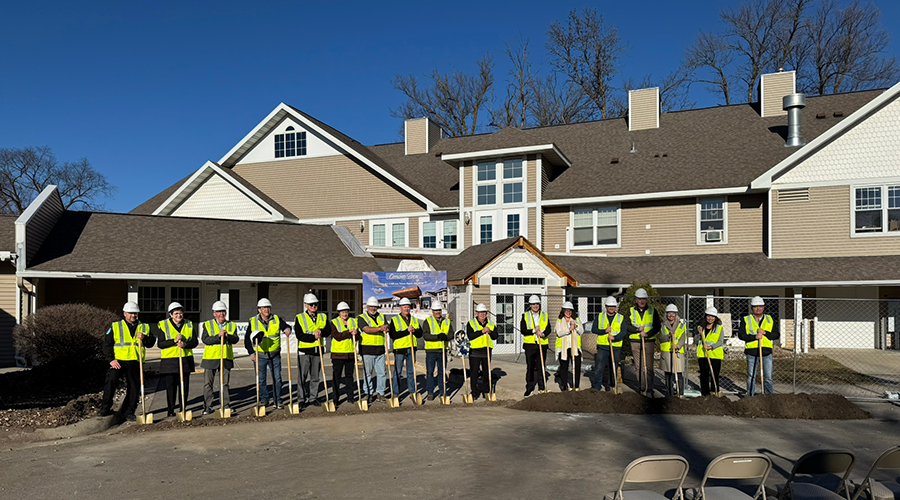With healthcare construction spending expected to double in 2017 from $19.6 billion in 2016 (Architect Magazine), there will be a significant expansion of new facility construction and the renovation of existing facilities. The pace of medical and technological developments, along with shifts in payment models and regulations, are creating fertile ground for key design innovations.
E4H Environments for Health Partner Rod Booze said, “2017 promises to be an interesting year for hospital and medical building design innovation. We believe that across the country we’ll see facility design changes that meet patients where they are. Trends like increasing numbers of rural microhospitals and the rise of the medical village have the potential to improve patient and provider satisfaction, economic efficiencies, and healthcare outcomes.”
Following are the top 2017 design trends in healthcare from E4H partners across the country:
Microhospitals
As healthcare organizations seek new ways to provide care, novel microhospitals have a distinct advantage for both providers and patients. These mini hospitals are 24/7, small-scale inpatient facilities, roughly 15,000 to 50,000 square feet, with between five and 15 inpatient beds for observation and short stay use. While urgent care clinics have become popular in recent years, they are limited in terms of the services they can provide. Conversely, microhospitals are full-service, similar to larger hospitals, offering ER, pharmacy, lab, radiology and even surgery. Others advantages include greater accessibility and convenience for residents and better cost-effective market growth opportunities for providers. This new type of care facility has so far been appearing primarily in large urban and suburban metro areas across the southern as well as mid-western parts of the U.S., but the idea is growing in popularity and beginning to spread to other areas. There are 50 of these facilities built so far; we predict many more to come.
The modernization of the ED
Emergency Departments have long been the frontline catchall for patients who don’t know where else to go, many of whom have non-acute medical issues. This causes bottlenecks and unnecessarily expensive treatment. In a recent poll by the American College of Emergency Physicians, close to 90% of emergency physicians responding said they expected emergency visits to increase over the next three years. More than ¾ said their EDs are not adequately prepared for such an increase in volume. To address this, improve the delivery of appropriate levels of care, and save resources, Emergency Departments will be configured to provide more immediate access to alternative appropriate settings. 2017 will see more designs for “rapid treatment” areas in which patients can be immediately moved and held, and in many cases diagnosed, treated, and discharged without ever entering the main ED. There will also be further efforts to create greater partnerships with adjacent Primary Care settings in which to see the same “non-acute” patients. Efficient triage areas, semi-enclosed seating pods, and departmental layouts that separate low-acuity patients from those in need of more acute care will be central to increasing patient throughput and decreasing wait times in the ED. The modular layout of private treatment rooms will enable hospitals to staff and operate the ED in accordance with daily or seasonal fluctuations in the patient census. EDs will also be better equipped to deal effectively with the wide range of medical problems that patients present, including an increase in universal, acuity-adaptable, same-handed treatment rooms.
Infection control
We predict an intensification of the development and application of innovations in structural and interior space design, and related technologies and materials, aimed at greatly reducing the spread of infections in hospitals. Certain design innovations will become more ubiquitous, such as adapting single patient rooms’ bathroom showers to include offset drains and sloping sides, in order to minimize the spread of infection and contamination, as well as accommodation for new plumbing fixtures such as specialty sinks for hand-washing, shaped to reduce splash and the spread of dirty water. Additional innovations which will be in wider use and development include specialized light fixtures that spin high-intensity, visible, indigo-colored light, which kill bacteria but do not harm human cells, and the use of infection-resistant materials such as copper alloy surfaces, on which certain microbes die within one to two hours, while on stainless steel surfaces the microbes can survive for weeks.
The medical village
Driven by reimbursement systems and improvements in care delivery, the rise of the Medical Village will continue. Seen as a next generation treatment model stemming from the traditional medical office building, the Medical Village has a large central family medicine practice surrounded by selected specialists that agree to offer one-of-a-kind patient access and share improved processes, outcomes and data for quality patient care. This model offers an increasing range of services on an outpatient basis, including some surgical and invasive procedures that currently require only an overnight stay. We anticipate that this will lead to the design and creation of more elaborate outpatient facilities, with observation beds and partial hospital stays. Small hospitals will increasingly become part of larger systems. In New York, for example, with the Delivery System Reform Incentive Payment (DSRIP) the focus is on reducing avoidable hospital use by 25% by transforming the New York State health care system into a financially viable, high performing system. To achieve this, DSRIP will reward high quality, integrated primary, specialty and behavioral healthcare in the community setting, with hospitals used primarily only for emergent and tertiary level of services.
Behavioral health
With anincreasingly acute population entering inpatient psychiatric facilities, and with an emphasis on risk alleviation, existing facilities will be upgraded to be safer for both clients and staff. These will need to balance safety and regulatory concerns with the creation of therapeutic environments. Some of the safety systems and products currently being advanced are: top of door alarm systems with both visual and audible signals; interior polycarbonate security windows that are required to satisfy impact standards; wearable fob-type staff alarm systems replacing old school alarm systems; and securing of furniture to walls and floors. Some positive trends in terms of creating therapeutic environments include the incorporation of open nursing stations resembling hotel check-in reception areas, more family involvement in daily care which requires furniture and program space accommodations, more patient control of their immediate environment with dimmable lighting systems, power activated sunscreen systems for exterior windows and patient adjustable environmental control systems, and both air systems and water provisions in bathrooms.
Said E4H Partner Jaques Black, “Units will include collaborative work areas that offer both privacy and continuous patient access, and facilitate the coordination of care among mental health treatment teams, with the inclusion of families and caregivers in the treatment process.”
Also, with the current lack of sufficient and appropriate facilities for behavioral healthcare, and the shortage of reimbursement in the current payment system, new holding areas for mental health care within medical emergency departments will be designed accordingly. The need for spaces in EDs for longer stays will be met by the inclusion of Comprehensive Psychiatric Emergency Program (CPEP) units, allowing for up to 72-hour patient stays for observation.Behavioral healthcare spaces will also increasingly be integrated into primary care settings.
“Anticipating these trends and adopting flexible and creative design approaches, while fully integrating medical, technological, and material developments, is critical to achieving the best care delivery as well as economic results for both patients and providers,” said E4H Partner Dan Morris. “It’s an exciting time for continuous innovation in facility design.”
E4H, an architecture firm focused on healthcare and health innovation. For more information, visit www.e4harchitecture.com.

 Healthcare Is the New Retail
Healthcare Is the New Retail Bridgeway Behavioral Health Services Launches Campaign to Renovate Health Center
Bridgeway Behavioral Health Services Launches Campaign to Renovate Health Center Ground Broken for New North Dakota State Hospital
Ground Broken for New North Dakota State Hospital AI Usage for Healthcare Facilities
AI Usage for Healthcare Facilities Ground Broken on Pelican Valley Senior Living Modernization Project
Ground Broken on Pelican Valley Senior Living Modernization Project